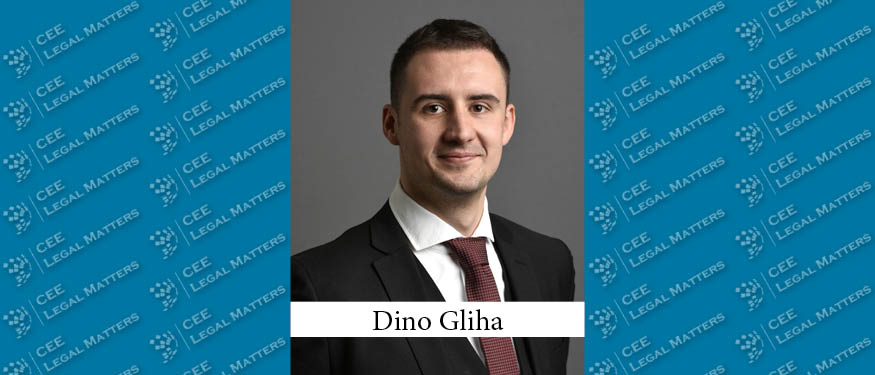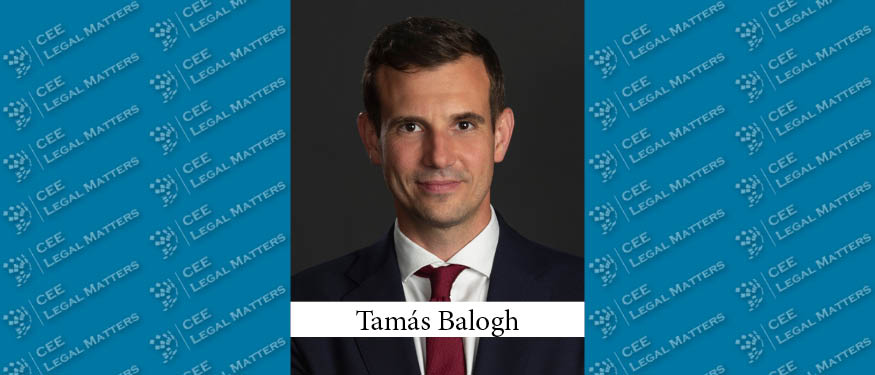Workplace harassment is a global issue that undermines the dignity of people and the productivity of employers. Recognizing the need for firm legislative measures, Romania has legislated significant changes to create a safer and more equitable work environment. A key development is the 2023 Methodology for Preventing and Combating Gender-Based and Moral Harassment at Work (Methodology), approved by Government Decision No. 970 on October 12, 2023. This article examines the content of this methodology, its integration with international legal instruments such as the ratification of the 2019 ILO Convention No. 190, and the recent adoption of the EU Whistleblowers’ Directive.
The 2023 Methodology
The Methodology establishes a detailed framework for addressing and combating workplace harassment in both public and private sectors. It defines terms, outlines measures, and sets procedures for complaints.
Preventive Measures
The Methodology mandates that all Romania-based employers integrate clear anti-harassment policies into their internal codes of conduct, internal regulations, employee handbooks, etc. These policies play a critical role in setting the standard for workplace behavior and outline the legal ramifications of harassment.
Definition of Harassment: Policies must provide clear definitions of harassment, including gender-based and moral harassment, to help employees understand acceptable behavior.
Potential Sanctions: Listing the consequences of harassment deters potential harassers through the threat of disciplinary actions, from formal warnings to termination.
Rights and Obligations: Detailed descriptions of the rights of victims and the obligations of all parties involved are crucial, including the right to report incidents without fear of retaliation and the duty of supervisors to act promptly.
Training and Awareness: Education and training are game-changers for the successful implementation of anti-harassment policies. The Methodology requires regular training sessions to ensure all employees understand their responsibilities under these rules.
Comprehensive Coverage: Training programs should cover legal definitions of harassment, examples of unacceptable behavior, and the consequences of harassment.
Cultural Change: Beyond legal compliance, training aims to cultivate a culture of respect and dignity, facilitated by interactive sessions that encourage discussion.
Continuous Education: Regular training sessions keep employees updated on evolving legal standards and societal norms, addressing new challenges in the workplace.
Complaint Mechanisms
Effective complaint mechanisms are essential for empowering victims of harassment. These mechanisms must be accessible, ensure confidentiality, and protect individuals from retaliation.
Accessibility: Clear information on reporting harassment should be available through multiple channels, such as intranet sites and employee handbooks.
Confidentiality: The process for handling complaints must safeguard the privacy of all parties involved, encouraging victims to report incidents without fear of exposure.
Protection Against Retaliation: Employers must implement measures to prevent retaliation against individuals who report harassment, including monitoring the treatment of complainants post-complaint.
International Legal Integration
The Methodology is complemented by Romania’s ratification of the 2019 ILO Convention No. 190, which calls for the global elimination of workplace harassment. This convention provides a broader context for understanding and implementing the Methodology, emphasizing the importance of international standards in shaping national policies.
Whistleblowers’ Directive
The recent ratification of the EU Whistleblowers’ Directive significantly enhances the Methodology by protecting those who report harassment as well. This directive integrates with national policies, ensuring whistleblowers are shielded from retaliation, thus strengthening the enforcement mechanisms of the Methodology.
Protected Disclosure: The directive ensures legal protection and support for employees who report harassment, encouraging them to speak out.
Employer Responsibilities: It underscores the obligation of employers to establish a safe reporting environment, reinforcing the Methodology’s proactive approach to handling harassment cases.
Conclusion
Romania’s legal landscape regarding workplace harassment is becoming increasingly robust, informed by both international conventions and regional directives. The Methodology, enhanced by the integration of the whistleblowers’ directive and the principles of the ILO Convention No. 190, represents a significant advancement in creating a safe, respectful, and inclusive working environment. This cohesive approach aligns Romania with international standards and sets a proactive path toward substantial cultural change within workplaces across the nation.
By Alexandru Teodorescu, Managing Partner, Teodorescu & Partners
This article was originally published in Issue 11.5 of the CEE Legal Matters Magazine. If you would like to receive a hard copy of the magazine, you can subscribe here.

















